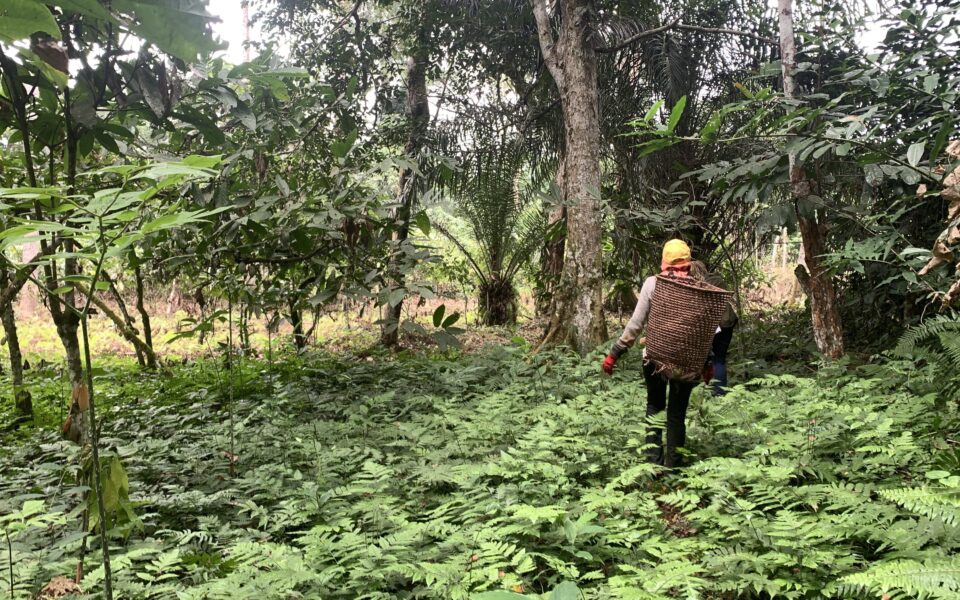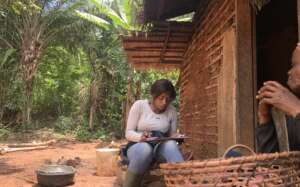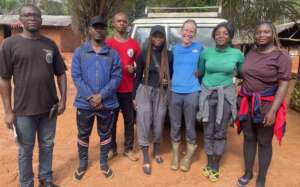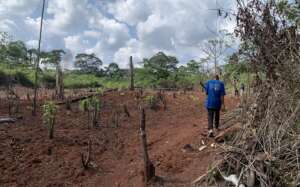
NASA LCLUC - Disentangling land-use change in Central Africa
NASA LCLUC
This project is mapping and quantifying LCLUC and associated carbon emissions and exploring the ecosystem service benefits of different restoration scenarios across an understudied and ecologically important region of the Congo Basin.
Status: Ongoing
The Congo Basin in Central Africa is the planet's second largest tropical rainforest and home to a diverse group of 120 million people, many of whom live in poverty and are threatened by anthropogenic change. Difficult tradeoffs between food security, economic development, and the conservation of these critical ecosystems emerge at the core of land-cover and land-use change (LCLUC) in the region.
This project is mapping and quantifying LCLUC and associated carbon emissions and exploring the ecosystem service benefits of different restoration scenarios across an understudied and ecologically important region of the Congo Basin.
This proposed project is being carried out at two spatial scales: 1) the Tri-National Dja-Odzala-Minkébé (TRIDOM) transboundary area that spans Cameroon, Gabon, and the Republic of Congo; and 2) the Dja Biosphere Reserve, buffer zone, and surrounding landscape matrix, located in southern Cameroon. LCLUC and carbon emissions mapping is being conducted at the landscape scale using high spatial resolution Planet data in combination with Landsat, Sentinel-1, and Sentinel-2. Recently developed carbon maps by Sassan Saatchi and collaborators will additionally be used for carbon stocks and emissions mapping. To investigate the drivers of reforestation and deforestation, with an emphasis on reduced deforestation, we are conducting household surveys and spatial econometric analyses at the Dja site-scale. Finally, ecosystem service analyses and modeling led by Professor Benis Egoh's lab at UC Irvine will be used to examine several regionally relevant forest restoration scenarios at both the site (Dja) and landscape (TRIDOM) scales.
Findings from this proposed research will support improved understanding of a critical carbon cycle and LCLUC hotspot. The methods developed and results produced will also contribute to OSFAC forest monitoring and carbon emissions accounting efforts in the Congo Basin. More broadly, this research is intended to guide future policy in the region, inform sustainable land-use practices and target forest restoration efforts to maximize food security, socioeconomic wellbeing, carbon sequestration, and biodiversity conservation.


